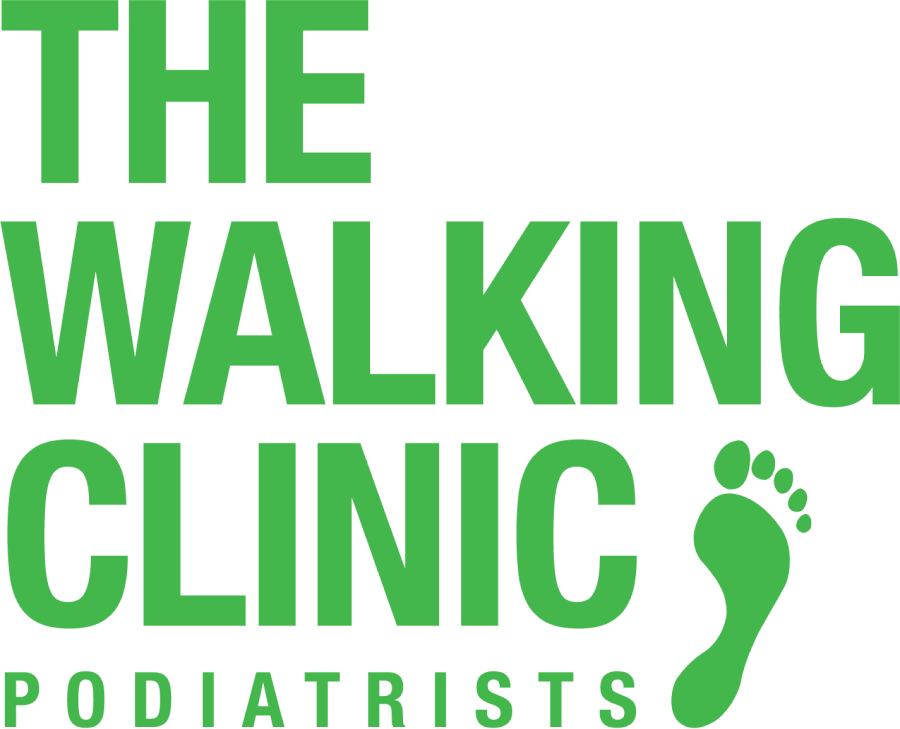Nursing a whisky hangover and having had no opportunity to shower was no obstacle to popping along to the National Gallery to check out the National Sculpture Prize 2005. For $7 you get admission and I would seriously counsel against the audio tour on this one (unless hearing 20 times over and over how the work is a challenge to the perceptions of somesuch is your idea of a good time, in which case knock yourself out).
The NGA has put together an excellent web-page which even includes all the content of the audio tour so those masochists wanting to come up to speed on vogueish art-speak can enjoy it in the comfort of their own homes without even needing to shell out for a handset rental.
Due to the excellence of the NGA’s efforts I’ll briefly skim over my personal highlights below.
I’m going to try and rig this up so you can click on the pictures to go to the NGA pages.

Dali may be dead, but his spirit lives on. This is Double self-portrait By Geoffrey Bartlett. Personally I think it owes a lot to Nolan’s Kelly in the way it appears to be looming over the landscape. Or at least that’s what I like about it.

For my money Overground, by Ewen Coates, is the most evocative piece on display, it really gave me the willies. Inside our terrorist’s heads are little tableaux, some of the with the overblown heroics of a war memorial, some depictions of torture or execution. The same dead eyes stare out through the balaclava’s and trust me if you step into the middle of the ring it’s not a very comfortable place to be.

Christian De Vietri’s Einstein’s refrigerator 2nd law is the one that’s got everyone talking. It’s a shame he’s confused ozone depletion with the greenhouse effect in his rationale for the work. For the benefit of the credulous, it is not a fridge that’s actually been melted. I thought it was cute.

Maria Fernanda Cardoso’s Woven water: submarine landscape 2003 takes up a whole room and makes use of elaborate lighting effects to cast shadows nearly as striking as the poor crucified starfish. Apparently this is meant to show us the frozen and dry nature of these sea creatures hints at their ghostlike and melancholic end.
Certainly ghostlike and melancholic when an artist nails your corpse into an installation, but perhaps a bit too subjective?

Geoffrey Drake-Brockman’s Floribots are seriously cool. Clattering up and down, opening and shutting, in different patterns, they really stand out at the start of the exhibition. Interestingly, electrical engineering seems to be becoming increasingly important to the artisan.

Fred Fisher’s Tilt is a great piece of sculpture, depending if you walk around it counter, or clockwise, it plays different tricks with your head. It didn’t evoke any particular challenge to any paradigm in my mind. But I liked looking at it.

David Jensz’ Unbounded space is a very neat attempt to sculpt in the fourth dimension. Of course a three dimensional representation of the fourth (time) makes all living things look like a carrots (starts very small, gets bigger in cross-section as it grows, declines a little bit at the end of life and then disapears). In this representation of the universe over time, cross welded inner tubes provide some exciting coiling of the universal carrot as it rush towards oblivion.

Tony Schwensen’s Monument to progressing thought (after Homer Simpson) would appear to demonstrate that no corner of popular culture is immune to the desire to make throw-away references to The Simpsons (this website is, of course, in thrawl to the vastly superior Futurama, but then, we’ve got class). I will acknowledge that it is art (although art which cannot be viewed without reference to its title is highly suspect in my view) but I would ask, where is the artistry?

Lachlan Warner’s Buddha of infinite directions grabs the eye from the off with its garish colours. But you need to walk around it to realise how clever it is. The reflected buddhas match the next one sticking out around the corner, which is neat enough, but when you’re seeing your own reflection obscured by the buddha, and then rounding the corner with the buddha providing continuity, to see not your own reflection, but someone else entirely (in this case the bloke walking the other way around the sculpture), well then you’ll be nearly as confused as this sentence. I had to go have a little sit down after that.
And the winner is…

Glen Clarke’s American crater near Hanoi #2 was the winner. It’s a seriously cool thing to look at, and the “War is Bad M’Kay” message is in vogue so I suppose it was inevitable it be the winner.
The photo here doesn’t begin to capture the scale of the piece. The vertical red threads are creating all sorts of alarming interference patterns which made me feel a little queasy (no it wasn’t the whisky hangover). Interference patterns are heading to the “Spooky” (a technical term coined by Einstein) end of physics and frankly if creatures from the dungeon dimensions start terrorising the streets of Canberra we’ll know where to go looking for the tear in the fabric of the universe.
(Unless of course it’s Wednesday night on a parliamentary sitting week. In which case we’ll put it down to parliamentary staffer’s karaoke rituals.)
Within this disturbing grid the little origami shirts made of vietnamese and american money form the shape of a crater. There are any number of other objects that could be shaped this way and be similarly alarming. But this one is a crater, and its certainly striking, and you’ll probably want to look at it for a long time.












